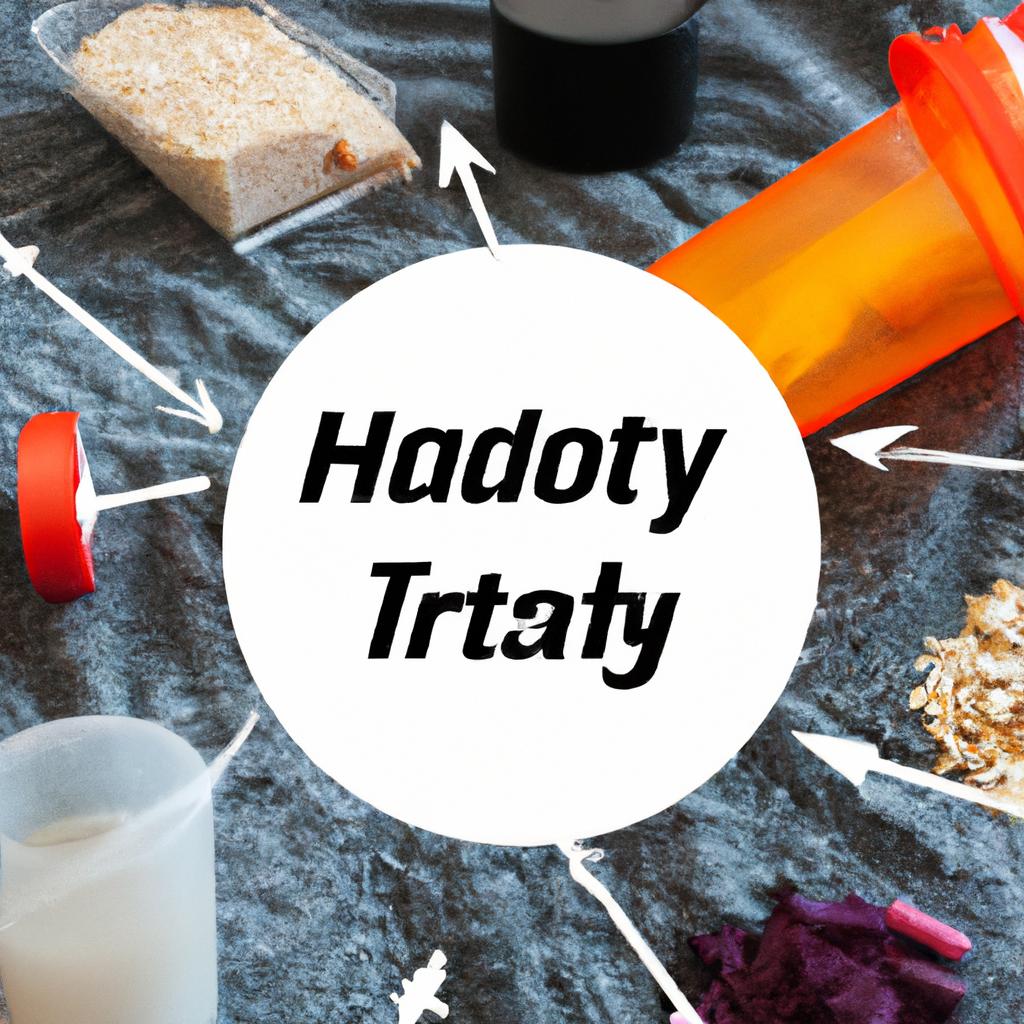Maximizing HIIT Recovery: The Role of Nutrition and Hydration in Post-Tabata Performance
# Maximizing HIIT Recovery: The Role of Nutrition and Hydration in Post-Tabata Performance
High-Intensity Interval Training (HIIT) has gained immense popularity in the fitness community for its efficiency and effectiveness in burning calories, building strength, and improving cardiovascular health. Among the various formats of HIIT, Tabata stands out for its rigorous 20 seconds of maximum effort followed by 10 seconds of rest, repeated for four minutes. However, the intensity of such workouts puts a significant strain on the body, making recovery equally crucial. Nutrition and hydration play pivotal roles in optimizing recovery after a Tabata session, ensuring that your performance is not only maintained but also improved over time. Let’s explore how to maximize your HIIT recovery through smart nutritional choices and proper hydration.
## The Importance of Nutrition in Recovery
### Macronutrients Matter
Proper nutrition post-exercise is essential for replenishing the body’s energy stores and promoting muscle recovery. The three main macronutrients—carbohydrates, proteins, and fats—each serve important roles in this process.
– **Carbohydrates:** After a HIIT session, your glycogen stores (the body’s primary energy source) are depleted. Consuming carbohydrates helps restore these levels, enabling you to perform at your best during your next workout. Aim for complex carbohydrates like whole grains, fruits, and vegetables.
– **Proteins:** Protein is crucial for muscle repair and growth. Consuming adequate protein post-workout helps to rebuild the muscle fibers that were stressed during your HIIT session. Lean meats, dairy products, legumes, and plant-based protein sources are excellent options.
– **Fats:** While fats are not the primary focus immediately after a workout, incorporating healthy fats (like avocados, nuts, and olive oil) in your overall diet supports long-term recovery and general health.
### Timing Your Meals
When it comes to post-Tabata nutrition, timing can be just as important as the nutrients themselves. Studies suggest that consuming a meal or snack rich in carbohydrates and protein within 30 to 60 minutes post-workout can significantly enhance recovery. This window allows your body to effectively utilize the nutrients for muscle repair and energy replenishment.
## Hydration: The Key to Optimal Recovery
### The Role of Water
Hydration is a critical component of recovery that is often overlooked. HIIT workouts, especially Tabata, lead to considerable fluid loss through sweat. Proper hydration helps maintain optimal bodily functions, regulates body temperature, and supports nutrient transport.
– **Listening to Your Body:** Thirst is a natural signal that you need to hydrate. However, don’t wait for thirst to kick in; preemptively drinking water throughout the day will ensure you’re adequately hydrated before you even hit the gym.
### Electrolytes: Beyond Water
During intense workouts, you also lose electrolytes like sodium, potassium, and magnesium. These minerals are essential for muscle function and overall hydration. After a HIIT session, consider consuming drinks that contain electrolytes or eating foods rich in these minerals, such as bananas, coconut water, or sports drinks designed for recovery.
## Nutrition Tips for Post-Tabata Recovery
1. **Quick Snack:** Have a snack ready for after your workout. A smoothie with fruit, spinach, and protein powder can be a quick, nutrient-dense option.
2. **Balanced Meal:** Aim for a balanced meal within two hours post-workout, ideally containing a mix of carbohydrates, proteins, and healthy fats.
3. **Hydrate Wisely:** Drink at least 16-24 ounces of water post-workout. If your workout was particularly sweaty, consider an electrolyte-rich beverage.
4. **Plan Ahead:** Prepare your post-workout snacks or meals in advance to ensure you have nutritious options readily available.
## Exercise Advice for Enhancing Recovery
1. **Incorporate Active Recovery:** On days following intense HIIT workouts, consider lighter activities like walking, yoga, or swimming to maintain blood flow and aid recovery.
2. **Stretching and Foam Rolling:** Engaging in stretching and foam rolling after workouts can help alleviate muscle tightness and promote flexibility.
3. **Rest Days:** Don’t underestimate the power of rest. Incorporating rest days into your training schedule allows your muscles to recover properly.
## Health Benefits of Proper Recovery
Investing time and effort into recovery through proper nutrition and hydration can yield numerous health benefits. These include:
– **Enhanced Performance:** Adequate recovery can















Post Comment